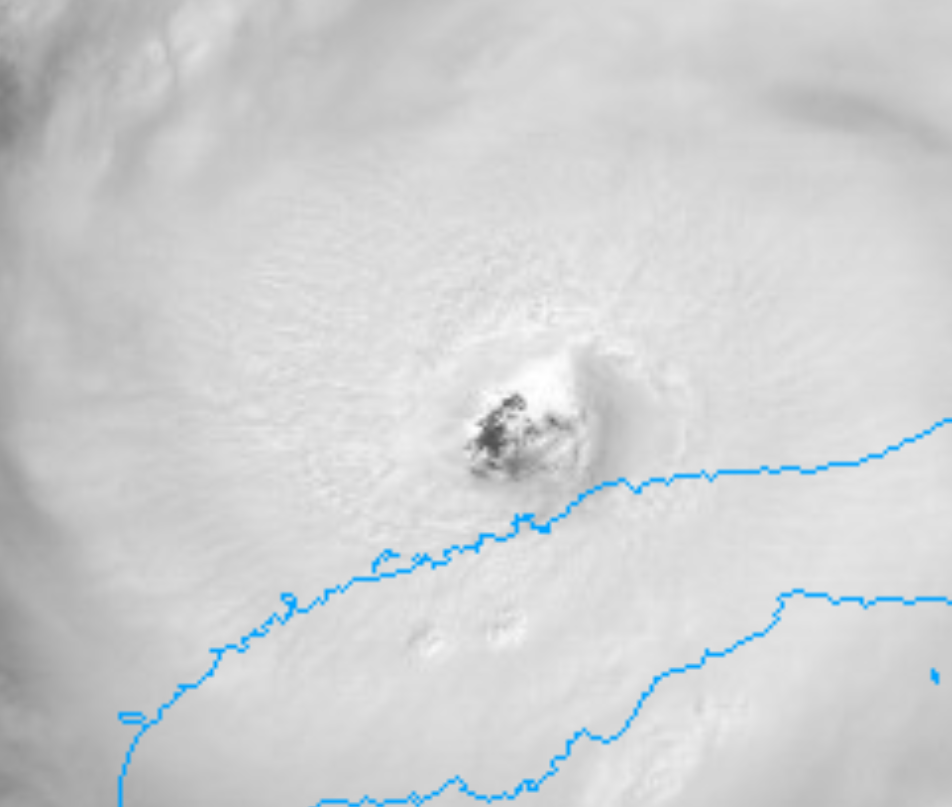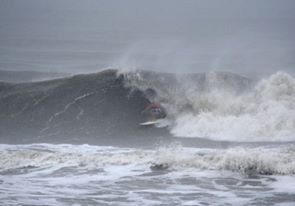Michele B wrote:Iceresistance wrote:underthwx wrote:
Unless I'm mistaken, Wxman57 discussed the shear that will affect Ian, and weaken it somewhat upon its approach to land...this is an excerpt from the 5am NHC discussion..."By 24
to 36 hours, increasing southwesterly vertical wind shear and drier
mid-level air are likely to result in some gradual weakening." By favorable wind shear, do you mean favorable because it will weaken Ian somewhat?....Just to be clear Ice, thanks!
The direction of the wind shear is currently favorable for more intensification because the storm is moving in the same direction as the shear, but the direction will eventually change in the next 48-72 hours to unfavorable direction combined with dry air behind this cold front.
I've been wondering about this too.
I know the placement of the front and its steering currents were major considerations when we were trying to figure all this out. Now, we've not heard anymore about where the front is, where it's going to be, and how much it will continue to "steer" the storm.
In regards to the shear, the difference is the flow between the lower-levels and upper-levels. Here is the GFS forecast for 24 hours showing 850mb heights with wind barbs. We have our trough located towards the north but behind it we have building high pressure (outlined in yellow). This creates a sharp gradient with flow roughly highlighted in purple:

For an even better illustration of this, we can use GFS data forecast here (
https://earth.nullschool.net/) to create a more "fluid" representation. Here is an image 24 hours out of the low-level flow:

Now let's go look at the flow in the upper-levels of the atmosphere (200mb), outlined in purple:

Here we can see the flow is out of the SW towards the NE, which is the complete opposite of the flow we have at 850mb (low-levels). This is the quintessential definition of shear (flow in opposite directions at different levels of the atmosphere). Again, here is the flow on earthnull:

We can see that while shear will increase as Ian continues past 25N, a more eastern or southern track (as we're seeing today) would not be nearly as detrimental and only likely tamper off strengthening as the system approaches the coast. If you take a look at Euro soundings, shear to the north is in excess of 50-60 knots but only ~10-15 knots over Ian.
















